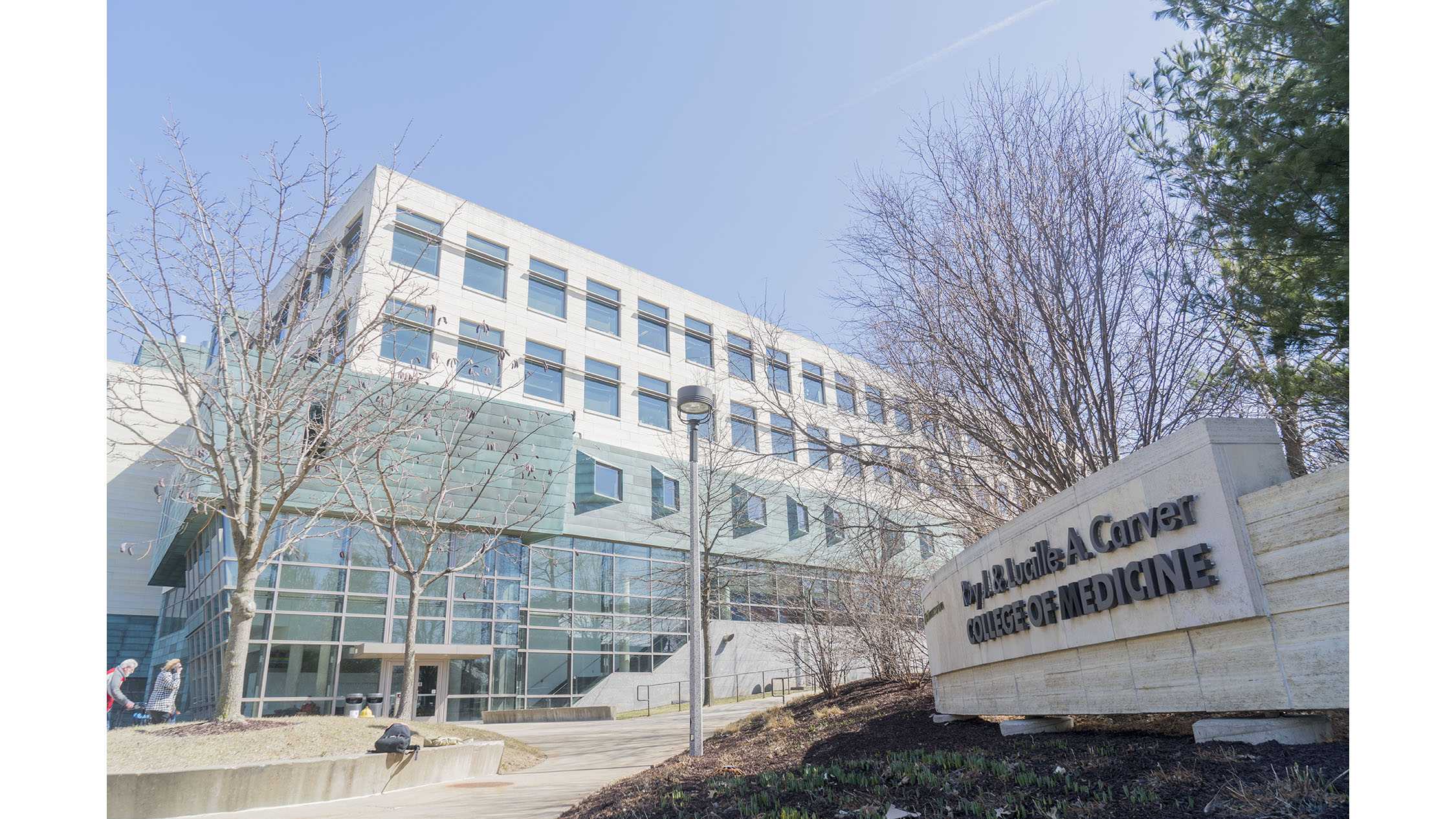University of Iowa president talks importance of resources in funding strategic plan
As the University of Iowa’s 2016 Strategic Plan nears its end, President Bruce Harreld discussed the development process of the next plan — slated to begin around 2021.
University of Iowa President Bruce Harreld speaks in front of the state Board of Regents on Thursday, April 18, 2019.
November 17, 2019
CEDAR FALLS — University of Iowa President Bruce Harreld recently told the state Board of Regents that the UI proposes an “open and transparent” grant process for campus community members to tap into the possible proceeds from the endowment received from the public/private partnership, should the UI move forward with the agreement.
Harreld told the governing board at its Nov. 14 meeting at the University of Northern Iowa that under this grant process, anyone from the campus community could apply for a grant — potentially lasting five years — as long as it advances the strategic plan.
“A strong culture needs to be transparent, have accountability, be flexible, and connect to the institution’s strategy, and this is just what we’re building at the University of Iowa,” Harreld said. “We expect this transparency and accountability to also enhance your ability to hold us accountable as we work to execute our strategic plan.”
The UI in February announced it had begun exploring a potential public/private partnership to ensure the funding of its strategic plan. If the university makes a deal with a private company to maintain and operate its utility system, Harreld stressed the UI will still own the system.
The UI would receive an upfront payment which would be placed in an endowment, the proceeds of which would then fund the university’s unfunded strategic plan — which, he added, is targeted at improving student outcomes.
Harreld reported recent initiatives on campus to develop its new strategic plan to replace the current one, which began in 2016 and is slated to expire in 2021. He said the new strategic plan will advance the university’s focus on student success; research and discovery; diversity, equity, and inclusion; and engagement in the state and in the nation.
The development of the next UI strategic plan has already begun in the colleges and central service units, Harreld said, to ensure a “bottom-up” process.
The current UI Strategic Plan requires an investment of nearly $33 million per year, Harreld said.
“Our current strategic plan will keep our students in school, allow them to graduate in four years, and reduce their debt,” Harreld said.
RELATED: Report: Iowa regent universities tout $11.8 billion impact on state economy
Harreld addressed a plateau in the UI’s graduation and retention rates since 2009, which he said have increased or decreased by 1 to 2 percentage points each year.
The student retention rate from 2017 to 2018 fell from 86 percent to 85 percent. The first-year retention rate for 2018 was 85.9 percent.
“The logic here is pretty simple. You can’t graduate if you don’t stay in school, and we know you’re more likely to graduate in four years if you stay through your second year,” Harreld said.
UI four-year graduation rates and first-year retention rates are much lower than their peer institutions, he said.
“Let me be clear … this is unacceptable and as an institution we must address this,” Harreld said.
UI Provost Monserrat Fuentes has been working with collegiate deans to develop programs and initiatives aimed toward improving graduation and retention rates, Harreld said.
In an interview with The Daily Iowan in September, Fuentes said these initiatives will help bridge gaps at the UI to ensure all students have access to experiences that will help them earn a degree, particularly focusing on first-generation students.
“Those students, they are not graduating at the same [rate]. We lose them quite early when we look at our retention from year one to two,” Fuentes said. “For student success for the overall population, it’s about 87 percent. Those are the students who are falling behind in all different groups we have.”
RELATED: Harreld talks state funding, public/private partnership at State of the University speech
In executing its strategic plan, the UI aims to address these numbers, increase experiential learning opportunities for students, retain and recruit renowned faculty, increase access to quality health care, and play its part in stimulating Iowa’s economy, Harreld said.
“A critical element of this process is ensuring transparency and clarity for [the regents] and all of our constituents — that is, students, parents, Iowans, and alumni — so that they can make sure that we’re spending our resources in ways that will improve student outcomes and the university’s worldwide standard,” Harreld said.






















